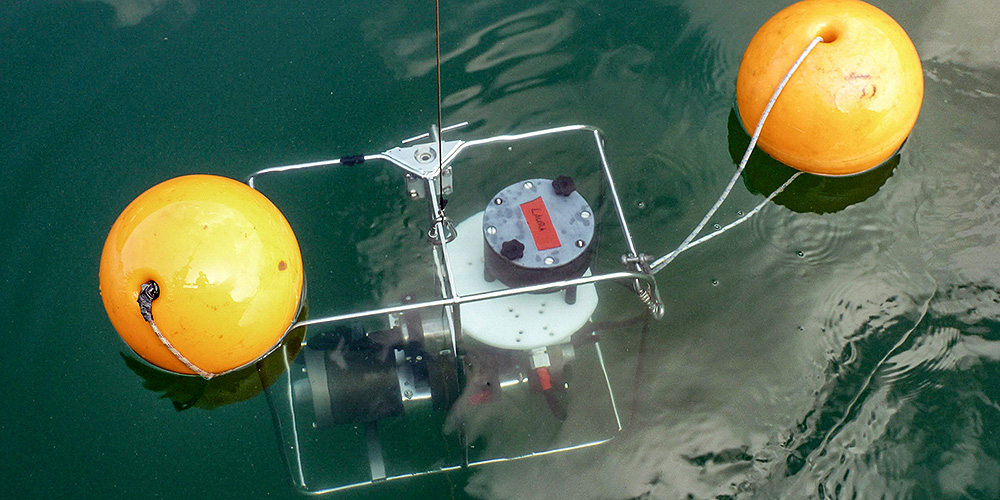Breakthrough for improving paleothermometer
A breakthrough in the methodology of climate temperature reconstruction based on microbial molecular fossils advances the development of a paleothermometer for reconstructing past temperatures on land. NESSC-researcher Jaap Sinninghe Damsté (NIOZ) and colleagues show how cell fragments of microbial molecular fossils collected from sediment samples from Swiss lakes can be used to estimate past temperatures. Their findings can be applied to lakes worldwide, the scientists report in their publication in PNAS.
An indicator for past temperatures on land is a welcome extra addition to already available methods used by climate scientists to reconstruct continental temperatures of the past, such as pollen analysis or limestone deposits in caves. The new publication shows that the remains of bacteria found in lake sediments, particularly cell fragments known as membrane lipids, allow climate geologists to infer past temperatures.

Swiss lakes
A precondition for reconstructing paleo-temperatures is a continuous, uninterrupted sequence of deposited sediments, which can be found amongst others in deep mountain lakes. A range of suitable lakes are situated in the central Alps which contain a wealth of undisturbed deposits. At the heart of the investigations was Lake Lugano in Switzerland. Findings from Lake Lugano were confirmed by similar measurements from 35 other alpine lakes.
Paleothermometer
The research team was able to show that the climate-sensitive membrane lipids are produced under widely different environmental conditions by distinct groups of microbes and that they correlate to atmospheric temperatures, also in the past. The membrane lipids preserved in the sediments deposited on the bottom of the lake therefore form a reliable tool to reconstruct paleo-temperatures.
For many years, NESSC-researcher Sinninghe Damsté at NIOZ has been involved in the development of methods to determine paleo-temperatures using climate-sensitive membrane lipids of microbes, including the TEX86 paleothermometer which is widely used by climate scientists.
Article:
Redox-dependent niche differentiation provides evidence for multiple bacterial sources of glycerol tetraether lipids in lakes
Weber, Y, Sinninghe Damsté, J.S., Zopfi, J., De Jonge, C., Gili, A., Schubert, C.J., Lepori, F, Lehmann, M.F., Niemann, H.
PNAS, 2018
doi: 10.1073/pnas.1805186115
Source: NIOZ / University of Basel

